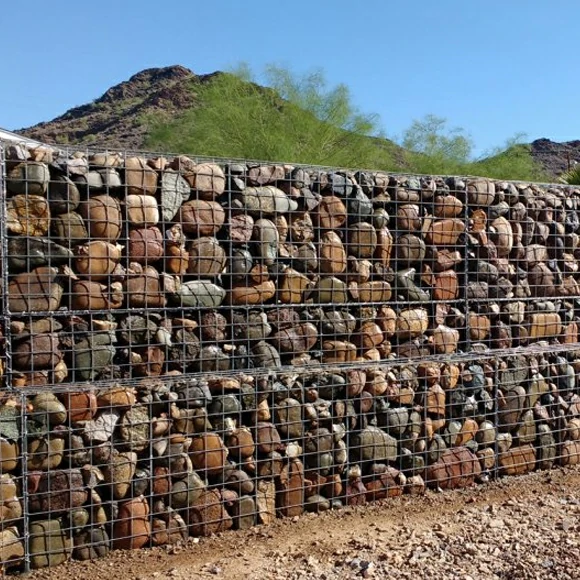نومبر . 13, 2024 19:56 Back to list
best gabion basket filling
The Best Gabion Basket Fillings Enhancing Durability and Aesthetic Appeal
Gabion baskets have gained immense popularity in landscaping, civil engineering, and environmental projects due to their flexibility, durability, and aesthetic appeal. These wire mesh baskets, filled with various materials, serve multiple purposes, from erosion control to decorative features in gardens and parks. Choosing the right filling for gabion baskets is essential, as it impacts both functionality and appearance. In this article, we will explore some of the best gabion basket fillings and their unique advantages.
1. Natural Stone
One of the most popular choices for gabion basket filling is natural stone. Options like granite, limestone, and river rock offer a rugged, natural appearance that blends beautifully with outdoor surroundings. Natural stones are highly durable, making them capable of withstanding harsh weather conditions. Furthermore, their varying sizes and colors can create stunning visual effects, enhancing the overall landscape design. When selecting natural stone, consider the local geology to ensure that the materials complement the existing environment.
Recycled concrete has emerged as an eco-friendly alternative for filling gabion baskets. This material not only reduces waste but also provides excellent structural integrity. When crushed and sorted into appropriate sizes, recycled concrete can create a sturdy, stable filling that is particularly effective in erosion control applications. It also has a mixed gray hue that can match well with other landscaping elements, giving a modern yet rustic look to structures. Utilizing recycled materials aligns with sustainable practices and promotes environmental responsibility.
3. Pebbles and Gravel
best gabion basket filling

For a softer aesthetic, pebbles and gravel can serve as outstanding fillers for gabion baskets. Available in an array of colors and sizes, these materials allow for creative expression in design. Smooth pebbles create a polished look, while larger gravel can offer a more robust appearance. Furthermore, guidelines can be established to use different colors to create patterns or gradients within the gabion structure. Pebbles and gravel also facilitate proper drainage, making them ideal for areas with high rainfall or where water accumulation needs to be managed.
4. Boulders
For larger gabion structures, boulders provide an eye-catching and formidable filling option. These massive stones can be used to create dramatic landscape features, making them excellent for decorative walls, retaining walls, or as part of a natural habitat. Boulders inherently have more weight, which enhances the stability of the gabion structure while also serving as a habitat for wildlife. Their size and presence can draw the eye and become a focal point in outdoor spaces.
5. Steel Rebar and Metal Waste
In more industrial applications, steel rebar and metal waste can be utilized as gabion basket fillings. This unconventional choice offers exceptional strength and contributes to urban aesthetic themes. While not particularly attractive on their own, when combined creatively with other materials, metal fillings can enhance the tactile experience of the structure and provide a rugged charm that appeals to modern landscaping designs.
Conclusion
The choice of gabion basket filling plays a crucial role in the overall performance and attractiveness of the structure. Whether opting for natural stone, recycled concrete, pebbles, gravel, boulders, or even metal elements, each filling option has its unique benefits and applications. When selecting the best gabion basket filling for a project, consider factors such as the specific requirements of the landscape, the desired aesthetic effect, and the environmental impact of the materials used. By making informed decisions, you can create gabion structures that are not only functional but also enhance the beauty of your outdoor spaces.
-
Why PVC Coated Gabion Mattress Is the Best Solution for Long-Term Erosion Control
NewsMay.23,2025
-
Gabion Wire Mesh: The Reinforced Solution for Modern Construction and Landscape Design
NewsMay.23,2025
-
Gabion Wall: The Flexible, Seismic-Resistant Solution for Modern Landscaping and Construction
NewsMay.23,2025
-
Gabion Wall Solutions: The Durable, Decorative, and Affordable Choice for Every Landscape
NewsMay.23,2025
-
Gabion Basket: The Durable and Flexible Alternative to Traditional Retaining Walls
NewsMay.23,2025
-
Gabion Basket: The Proven Solution for Slope Stability and Flood Control
NewsMay.23,2025
-
Versatility of Chain Link Fence Gabion
NewsMay.13,2025






